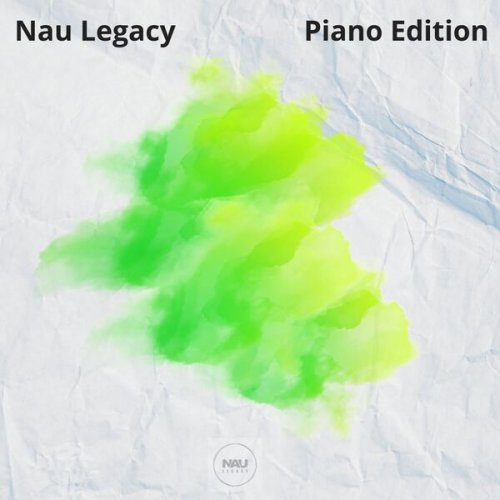Holly & The Reivers - Three Galleys (2023)
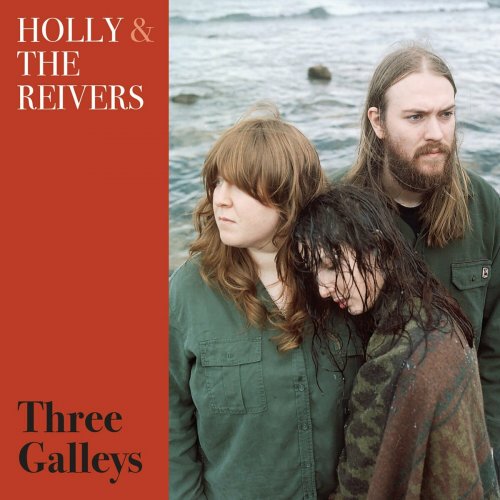
Artist: Holly & The Reivers
Title: Three Galleys
Year Of Release: 2023
Label: Indepemdent
Genre: Folk
Quality: 320 / FLAC (tracks)
Total Time: 42:10
Total Size: 98 / 252 Mb
WebSite: Album Preview
Tracklist: Title: Three Galleys
Year Of Release: 2023
Label: Indepemdent
Genre: Folk
Quality: 320 / FLAC (tracks)
Total Time: 42:10
Total Size: 98 / 252 Mb
WebSite: Album Preview
01. Intro (0:48)
02. The Three Danish Galleys (4:09)
03. In Dublin’s Fair City (5:26)
04. Mary’s (5:20)
05. The Bold Marauder (4:38)
06. Last Chance (2:18)
07. Interlude (0:53)
08. Bleary Winter (3:53)
09. Walking Boss (3:31)
10. John Randall (4:25)
11. Willy O’Winsbury (6:49)
It’s never a chore to be writing about an album of outstanding music, and there’s an extra delight when that album is produced by musicians I’ve not previously come across. Three Galleys scores on both counts with eleven tracks that not only showcase the Holly & The Reivers excellent vocal, instrumental and compositional talent but also reveal a hunger to hunt out classy material across an impressive range of genres. Holly is Holly Clarke, leading the vocals and playing guitar. The Reivers are Merle Harbron, vocals, fiddle and hammered dulcimer and Bertie Armstrong, vocals, banjo and lap steel guitar.
The album opens with a short, under-a-minute instrumental piece, Intro, straightaway declaring the trio’s music will be consciously aiming to set a scene, evoke an atmosphere as well as tell a story. At the core of Intro is a field recording Holly made at Achmelvic Bay in N W Scotland. The sounds of sea and sand are gradually overlain by the somewhat mournful notes of Bertie’s lap steel and Merle’s fiddle, setting the mood for the transition into the first song, The Three Danish Galleys. Taking lyrics from Ruth L Tongue’s 1968 Chime Child book and the tune from Nancy Kerr’s recording, the song provides a stirring opening for the album, with Holly’s voice putting down a marker for the quality of vocals that is a hallmark of the album, both Merle and Bertie joining in with harmonies as the song develops. Instrumentally, there’s plenty going on. Led by guitar, both fiddle and banjo are prominent, whilst the dulcimer nestles into the background. Doubts have been cast on Ruth Tongue’s suggestion of a traditional origin for the song, but Holly & The Reivers’ arrangement pushes to one side any such thoughts. It’s just a thoroughly good song worthy of an undoubtedly non-traditional treatment.
This is followed by the moderately gruesome murder ballad In Dublin’s Fair City, not to be confused with the cockles and mussels song. The Reivers version uses the one collected by Hamish Henderson from Scottish traveller singer Jeannie Robertson. These lyrics allow Holly to give full rein to her voice, combining power and emotion to impressive effect. The instrumental that follows, Mary’s, is a composition from Bertie and opens, understandably, with his banjo taking the lead, but it develops into a delightful five-minute tapestry with threads from banjo, fiddle and guitar intertwining.
The presence of The Bold Marauder on the album completely knocked me back in time, even before I’d listened to it. The song itself is something of a time shifter; its stately tempo and frequent repetition of “Hi ho, hey” can make you think of tales of medieval battles and butchery when, in fact, it was written in the 1960s as an antiwar song, protesting against the US involvement in Vietnam. But the time shift for me was to the late 1970s when I first came across the music of the song’s writers, Richard and Mimi Fariña, and the novel that Richard published in 1966, just days before he was tragically killed in a motorcycle crash. Thanks, Holly & Co, for taking me back to those times of late-night, alcohol-fuelled discussions and to a song I’d completely forgotten. The Reivers’ treatment is more weighty than the original, with both Bertie, who takes the vocal lead, and Holly having voices that are deeper toned and more forceful than the Fariñas’. Along with banjo, guitar and fiddle all combining for the accompaniment, the result is a powerful song that has been made even more striking.
Other American influences, eagerly absorbed by the band, are highlighted in a couple of the remaining tracks. Last Chance is a banjo-led piece of West Virginian Old Time from the playing of Hobart Smith, while Walkin Boss is a song that can be traced back to railroad workers at the turn of the 19th/20th centuries. It’s Bertie’s voice and banjo at the core of the arrangement, but when Merle’s fiddle and Holly’s guitar join in, the step up isn’t just in volume, the song takes off and flies. And then, when their voices join in, harmonising with Bertie’s, a solid gold nugget of Americana is complete.
The final two tracks bring the focus back to the eastern side of the Atlantic. John Randall is from the Irish Traditional Music Archive, another story of love leading to murder. It’s not a story I’ve previously been familiar with, and I suspect that’s a comment the band are happy to hear. The final story the band tell to us is likely more familiar in one or other of its many forms, the Scottish ballad, Willie O’ Winsbury. It is, of course, an example of that relative rarity, a traditional boy meets girl song with a happy ending. The trio have ensured this is celebrated, devising an arrangement that’s light and airy, contrasting with the darkness that sits at the heart of some of their other songs. Holly leads the vocal, initially accompanying herself on finger-picked guitar and singing solo for the first three verses. After this, Merle starts adding a delightful harmony line, the two voices blending in ways that will put a smile on anyone’s lips. Two more verses and the fiddle surges to the front of the arrangement, soaring over the guitar. By this point, I’ve not merely got a smile on my lips, I feel a glow of pleasure all over, and the song isn’t yet halfway through. But as the song heads towards its conclusion, the richly textured accompaniment is gradually pared back while Bertie’s voice joins in the harmonies. For the final verse, they’ve made the brave decision to sing it as a three-part acapella. This could have been an anticlimax, but with the choices of phrasing and harmonies they’ve made, it is, instead, a fitting end to an adventurous and thoroughly satisfying album.
Holly & The Reivers is just one of many projects that these three outstanding young musicians are involved with, both collectively, individually and with others. The range and exceptional quality of material on this debut album have certainly ensured I’ll be eagerly awaiting the next chapters of their stories.
The album opens with a short, under-a-minute instrumental piece, Intro, straightaway declaring the trio’s music will be consciously aiming to set a scene, evoke an atmosphere as well as tell a story. At the core of Intro is a field recording Holly made at Achmelvic Bay in N W Scotland. The sounds of sea and sand are gradually overlain by the somewhat mournful notes of Bertie’s lap steel and Merle’s fiddle, setting the mood for the transition into the first song, The Three Danish Galleys. Taking lyrics from Ruth L Tongue’s 1968 Chime Child book and the tune from Nancy Kerr’s recording, the song provides a stirring opening for the album, with Holly’s voice putting down a marker for the quality of vocals that is a hallmark of the album, both Merle and Bertie joining in with harmonies as the song develops. Instrumentally, there’s plenty going on. Led by guitar, both fiddle and banjo are prominent, whilst the dulcimer nestles into the background. Doubts have been cast on Ruth Tongue’s suggestion of a traditional origin for the song, but Holly & The Reivers’ arrangement pushes to one side any such thoughts. It’s just a thoroughly good song worthy of an undoubtedly non-traditional treatment.
This is followed by the moderately gruesome murder ballad In Dublin’s Fair City, not to be confused with the cockles and mussels song. The Reivers version uses the one collected by Hamish Henderson from Scottish traveller singer Jeannie Robertson. These lyrics allow Holly to give full rein to her voice, combining power and emotion to impressive effect. The instrumental that follows, Mary’s, is a composition from Bertie and opens, understandably, with his banjo taking the lead, but it develops into a delightful five-minute tapestry with threads from banjo, fiddle and guitar intertwining.
The presence of The Bold Marauder on the album completely knocked me back in time, even before I’d listened to it. The song itself is something of a time shifter; its stately tempo and frequent repetition of “Hi ho, hey” can make you think of tales of medieval battles and butchery when, in fact, it was written in the 1960s as an antiwar song, protesting against the US involvement in Vietnam. But the time shift for me was to the late 1970s when I first came across the music of the song’s writers, Richard and Mimi Fariña, and the novel that Richard published in 1966, just days before he was tragically killed in a motorcycle crash. Thanks, Holly & Co, for taking me back to those times of late-night, alcohol-fuelled discussions and to a song I’d completely forgotten. The Reivers’ treatment is more weighty than the original, with both Bertie, who takes the vocal lead, and Holly having voices that are deeper toned and more forceful than the Fariñas’. Along with banjo, guitar and fiddle all combining for the accompaniment, the result is a powerful song that has been made even more striking.
Other American influences, eagerly absorbed by the band, are highlighted in a couple of the remaining tracks. Last Chance is a banjo-led piece of West Virginian Old Time from the playing of Hobart Smith, while Walkin Boss is a song that can be traced back to railroad workers at the turn of the 19th/20th centuries. It’s Bertie’s voice and banjo at the core of the arrangement, but when Merle’s fiddle and Holly’s guitar join in, the step up isn’t just in volume, the song takes off and flies. And then, when their voices join in, harmonising with Bertie’s, a solid gold nugget of Americana is complete.
The final two tracks bring the focus back to the eastern side of the Atlantic. John Randall is from the Irish Traditional Music Archive, another story of love leading to murder. It’s not a story I’ve previously been familiar with, and I suspect that’s a comment the band are happy to hear. The final story the band tell to us is likely more familiar in one or other of its many forms, the Scottish ballad, Willie O’ Winsbury. It is, of course, an example of that relative rarity, a traditional boy meets girl song with a happy ending. The trio have ensured this is celebrated, devising an arrangement that’s light and airy, contrasting with the darkness that sits at the heart of some of their other songs. Holly leads the vocal, initially accompanying herself on finger-picked guitar and singing solo for the first three verses. After this, Merle starts adding a delightful harmony line, the two voices blending in ways that will put a smile on anyone’s lips. Two more verses and the fiddle surges to the front of the arrangement, soaring over the guitar. By this point, I’ve not merely got a smile on my lips, I feel a glow of pleasure all over, and the song isn’t yet halfway through. But as the song heads towards its conclusion, the richly textured accompaniment is gradually pared back while Bertie’s voice joins in the harmonies. For the final verse, they’ve made the brave decision to sing it as a three-part acapella. This could have been an anticlimax, but with the choices of phrasing and harmonies they’ve made, it is, instead, a fitting end to an adventurous and thoroughly satisfying album.
Holly & The Reivers is just one of many projects that these three outstanding young musicians are involved with, both collectively, individually and with others. The range and exceptional quality of material on this debut album have certainly ensured I’ll be eagerly awaiting the next chapters of their stories.
![Club Bolero, Armik - A Day in Brazil (2007) [Hi-Res] Club Bolero, Armik - A Day in Brazil (2007) [Hi-Res]](https://img.israbox.com/img/2025-12/15/5l607nskcv4xb0n237d8ngs7q.jpg)
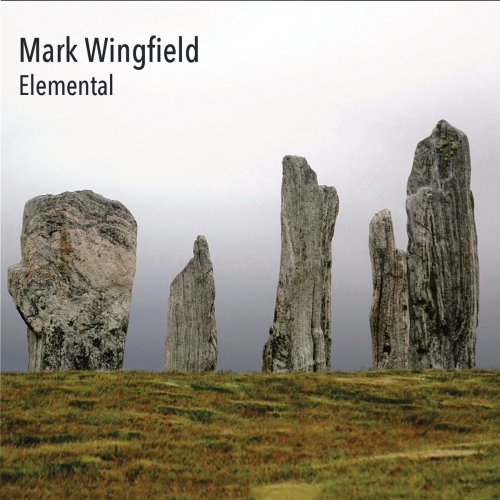
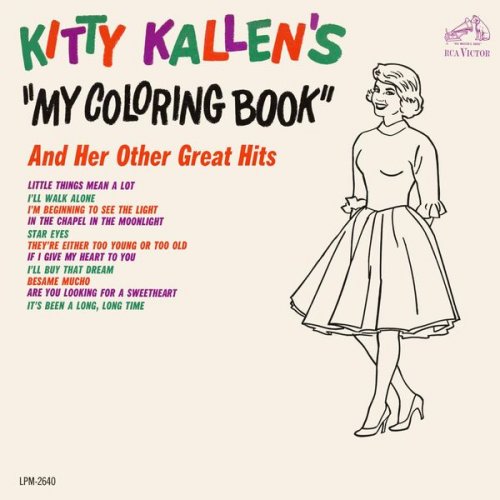
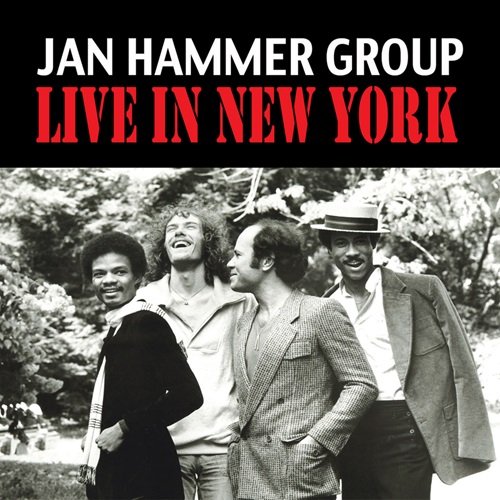
![Bobby Meckam - Trumpet and Jazz in Strings (1981/2025) [Hi-Res] Bobby Meckam - Trumpet and Jazz in Strings (1981/2025) [Hi-Res]](https://www.dibpic.com/uploads/posts/2025-12/1766062047_cover.jpg)
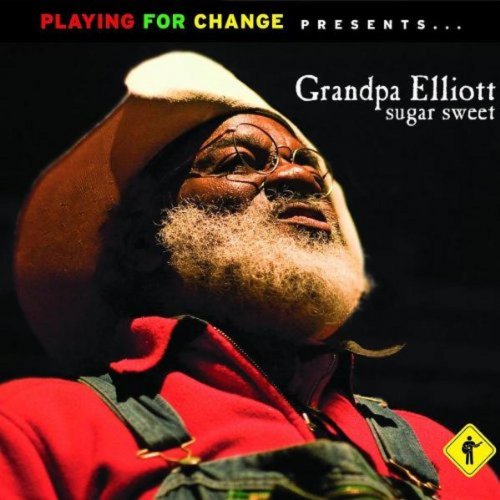
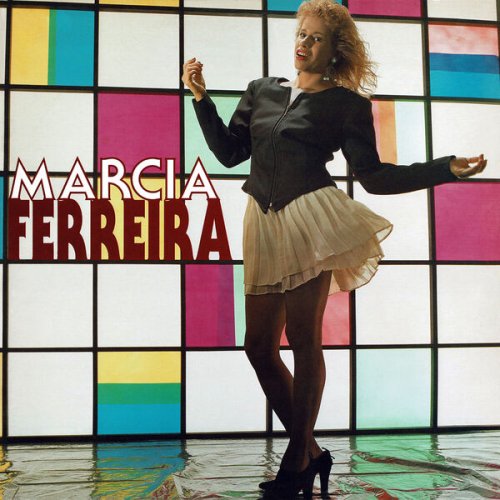
![Paul Mauriat - L'avventura (1972) [Hi-Res] Paul Mauriat - L'avventura (1972) [Hi-Res]](https://img.israbox.com/img/2025-12/19/q8l5an3pdrx7j3uta0q4cr2qi.jpg)
